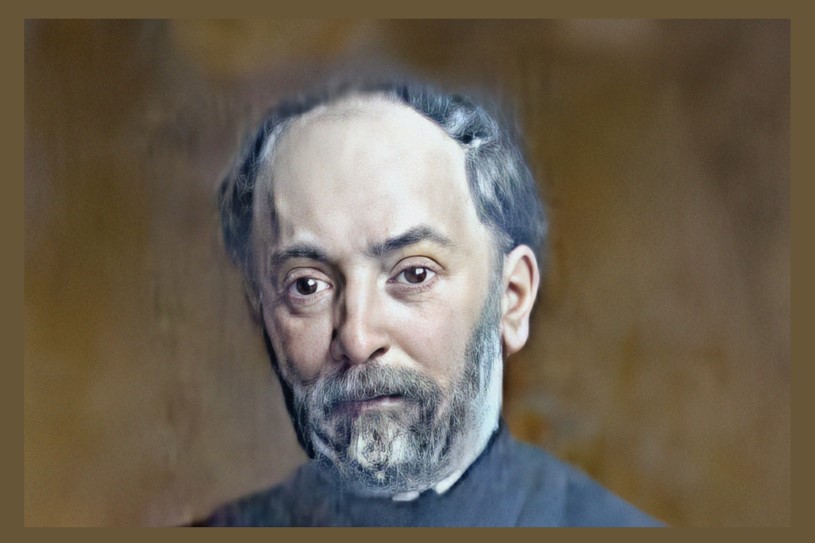He researched ways to liquefy gases: Who is Louis Paul Cailletet?
Cailletet developed the pump system known by his name, which he used to liquefy gases, manometers to measure high pressures, and a type of altimeter to determine the altitude of aircraft.

French, physicist. He is known for his work on the liquefaction of gases and low-temperature physics.
Louis Paul Cailletet was born on September 21, 1832 in Chatillon-sur Seine. He died in Paris on January 5, 1913. After studying at Ecole des Mines, he started working in his father's foundry and later took over the business. The nature of his work led him to conduct physical research. He became interested in gas laws in 1870. He made very precise measurements, especially to detect the behavior of real gases that violated the ideal gas laws. A few years later, Van der Waals examined this issue in detail and published the relation that regulates the properties that distinguish noble gases from ideal conditions.
Cailletet was born in Châtillon-sur-Seine, Côte-d'Or. Educated in Paris, Cailletet returned to Châtillon to manage his father's ironworks. In an effort to determine the cause of accidents that occurred while tempering incompletely forged iron, Cailletet found that heating the iron put it in a highly unstable state, with gases dissolved in it. He then analyzed the gases from blast furnaces, which helped him understand the role of heat in the changes of states (phases) of metals. This brought him to the work of liquefying the various gases.
These studies led Cailletet to experiments on the liquefaction of gases. For this purpose, he applied the principle known as the Joule-Thomson effect. Accordingly, a gas is first compressed and cooled as much as possible and then allowed to expand again. During this expansion, the gas cools significantly. Applying this method, Cailletet was able to liquefy a small amount of oxygen gas at 300 atmospheres of pressure and -27°C using a pump he developed in 1877.
He later repeated the same type of experiments at the Ecole Normale in Paris, where he succeeded in liquefying nitrogen, carbon monoxide, and air. Since the same type of studies were carried out by the Swiss physicist R P Pictet, independently of Cailletet, it is a matter of debate who first performed the liquefaction phenomenon.
Cailletet developed the pump system known by his name, which he used to liquefy gases, manometers to measure high pressures, and a type of altimeter to determine the altitude of aircraft.
